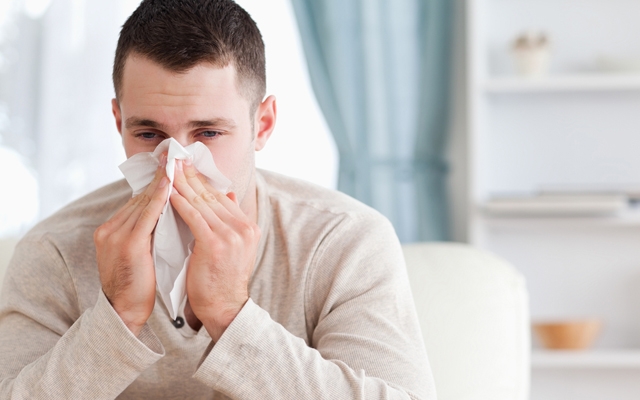You’re feeling sniffly and a bit congested. While it is cold and flu season, what could be ailing you might be fall allergies. While springtime is usually the season we associate with allergies, the fall season also cause many of us to feel those allergic symptoms.
How to tell if it’s a cold or allergies
So how to tell if it’s a cold or allergies? Signs that it may be allergies rather than a cold: if you feel like you consistently feel under the weather come fall. Also, if the symptoms last for more than a couple of days to a week, it may be a sign you’re experiencing a fall allergy rather than a cold.
The main causes of fall allergies
What causes allergies in the fall? Ragweed is one of the main culprits. It’s typically at its peak from about mid-August until November. Another fall allergen? Mold. With rain and debris such as leaves on the ground, mold can develop and grow throughout the fall season, causing many of us to feel miserable with allergic reactions.
How to relieve your allergy symptoms
To help minimize your symptoms, reduce the triggers. That means getting out the rake and yard bags to get rid of leaves; clean your eavestroughs, too, and any other areas around your home that collect moisture and could be a breeding ground for mold. Vacuum and clean your home to reduce traces of ragweed and any mold from developing indoors, too. As for alleviating your symptoms, OTC allergy medications can provide temporary relief; you can also speak to your doctor about prescription treatments that provide longer-term relief.











